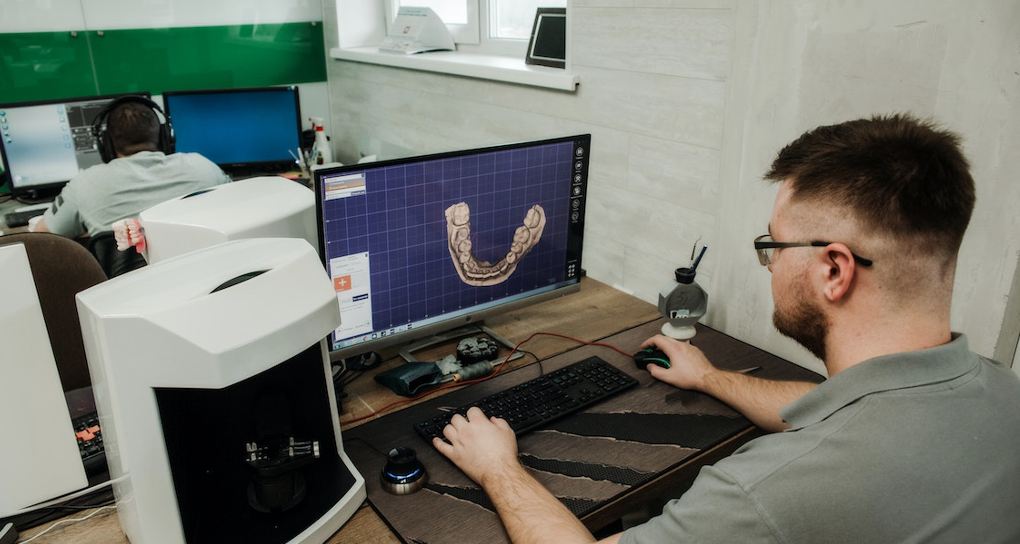3D product configurators are interactive tools that allow website visitors to customize and visualize products in 3D before purchasing. These configurators can provide numerous benefits for businesses and improve the user experience on their websites. Such benefits include:
Improved User Experience
One of the primary benefits of 3D product configurators is that they can enhance the user experience on a website. Allowing customers to customize and visualize products in 3D can make the shopping experience more interactive and engaging, which can lead to higher levels of customer satisfaction.
Additionally, 3D product configurators can help customers better understand and visualize the products they are considering purchasing. This can be especially helpful for products that may be difficult to understand or visualize from traditional 2D images.
Increased Conversion Rates
3D product configurators have the potential to significantly improve conversion rates on a website. These interactive tools allow customers to customize and visualize products in 3D, which can provide a more immersive and engaging shopping experience. This can help increase customer confidence in their purchases and ultimately lead to higher conversion rates.
One of the key reasons that 3D product configurators can improve conversion rates is that they allow customers to better understand and visualize the products they are considering purchasing. This can be especially helpful for products that may be difficult to understand or visualize from traditional 2D images. By providing customers with a more detailed and accurate representation of the product, businesses can help increase customer confidence and reduce the risk of returns or exchanges.
Improved Productivity
A 3D product configurator can also help improve productivity for businesses. For example, businesses can use 3D product configurators to reduce the number of product returns or exchanges by allowing customers to see exactly what they are purchasing before they complete the checkout process.
Additionally, 3D product configurators can help businesses streamline their operations by reducing the need for manual customization of products. This can help businesses save time and resources, allowing them to focus on other important tasks.
Reduced Costs
Using a 3D product configurator can help businesses reduce costs in a number of ways. One potential cost-saving benefit is the ability to reduce the number of physical product samples that need to be produced.
By allowing customers to customize and visualize products in 3D, businesses can give customers a more accurate representation of the product, which can reduce the need for physical samples. This can save on materials and labor costs, as well as reduce the environmental impact of producing unnecessary samples.
Another way that 3D product configurators can help businesses reduce costs is by reducing the number of returns and exchanges. By allowing customers to visualize products in 3D, businesses can give customers a more accurate picture of the product, which can help reduce the risk of customers purchasing products that do not meet their expectations. This can lead to fewer returns and exchanges, which can save on shipping and handling costs.
Overall, 3D product configurators can provide numerous benefits for businesses and improve the user experience on their websites. By allowing customers to customize and visualize products in 3D, businesses can improve customer satisfaction, increase conversion rates, improve productivity, and reduce costs. These tools can be especially useful for businesses that sell complex or customizable products and want to give customers a more interactive and engaging shopping experience.
When choosing a 3D product configurator, it is important to consider the features and capabilities of the tool, the user experience it provides, its potential integrations with other tools, and its cost.
